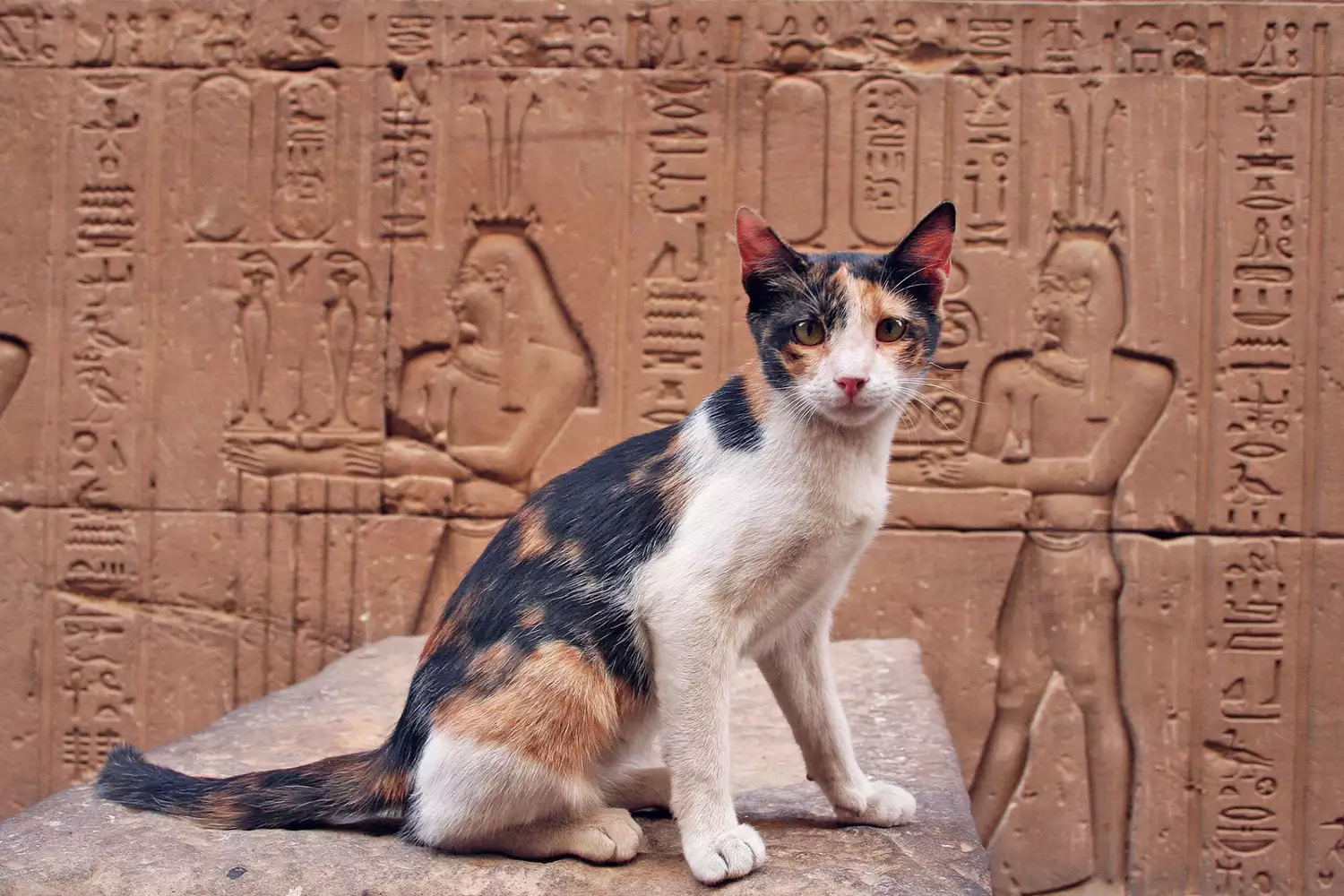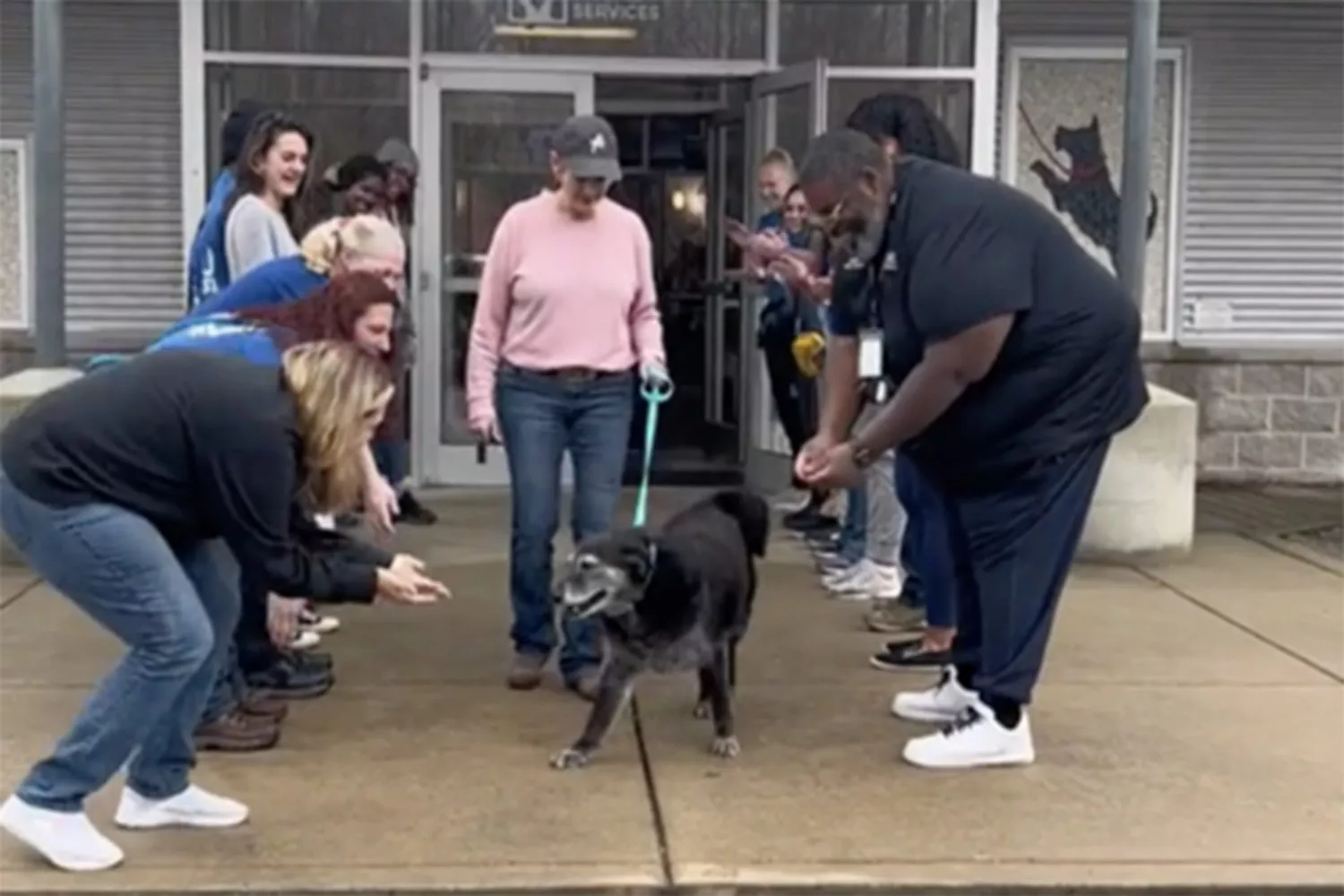
The oldest recorded animal cemetery– some 2,000 years of ages– has been discovered in Egypt, according to Polish scientists.
On the coast of the Red Sea in southwest Egypt, the researchers state the huge burial ground supplies proof that people in the ancient world did, in truth, deal with some animals as family pets instead of as utilitarian animals who did tasks.
” The essential conclusion is an obvious desire of people to be in the business of animals, resulting not just from their functional or financial benefits,” the research study reads.
According to the study, which was published in World Archeology, archaeologists examined the website, located at the ancient port of Berenice from 2011– 2020. They found 585 bodies plainly recognized as animals, however there were a lot of extra remains the researchers couldn’t recognize, showing much more animals were buried there. (No humans, though, which researchers said made it an outlier.).
More than 91 percent of the identifiable animals are domestic felines, scientists said. Simply over 5 percent are dogs while 2.7 percent are monkeys. Archaeologists likewise found one Barbary falcon, one Rüppell’s fox, and 2 macaques, which are another type of primate.
The project’s lead scientist Marta Osypińska, a zooarchaeologist at the Polish Academy of Sciences, informed Live Science that there were no signs that the animals had actually been eliminated by people– which has appeared at other websites. In fact, the animals were all “thoroughly buried,” some wrapped in blankets or next to shells or other mementos.
The research study was likewise able to identify the ages of a few of the animals, along with their sexes and whether they experienced particular diseases– which, seemingly, their human beings took care of. The researchers could even tell that a few of the animals had actually consumed fish.
The research study included that the smaller canines and macaques have no real service worth. It appeared evident that these animals were most likely just human buddies when they were alive.
” We believe that in Berenice the animals were not sacrifices to the gods, but simply family pets,” Osypińska told Live Science.










